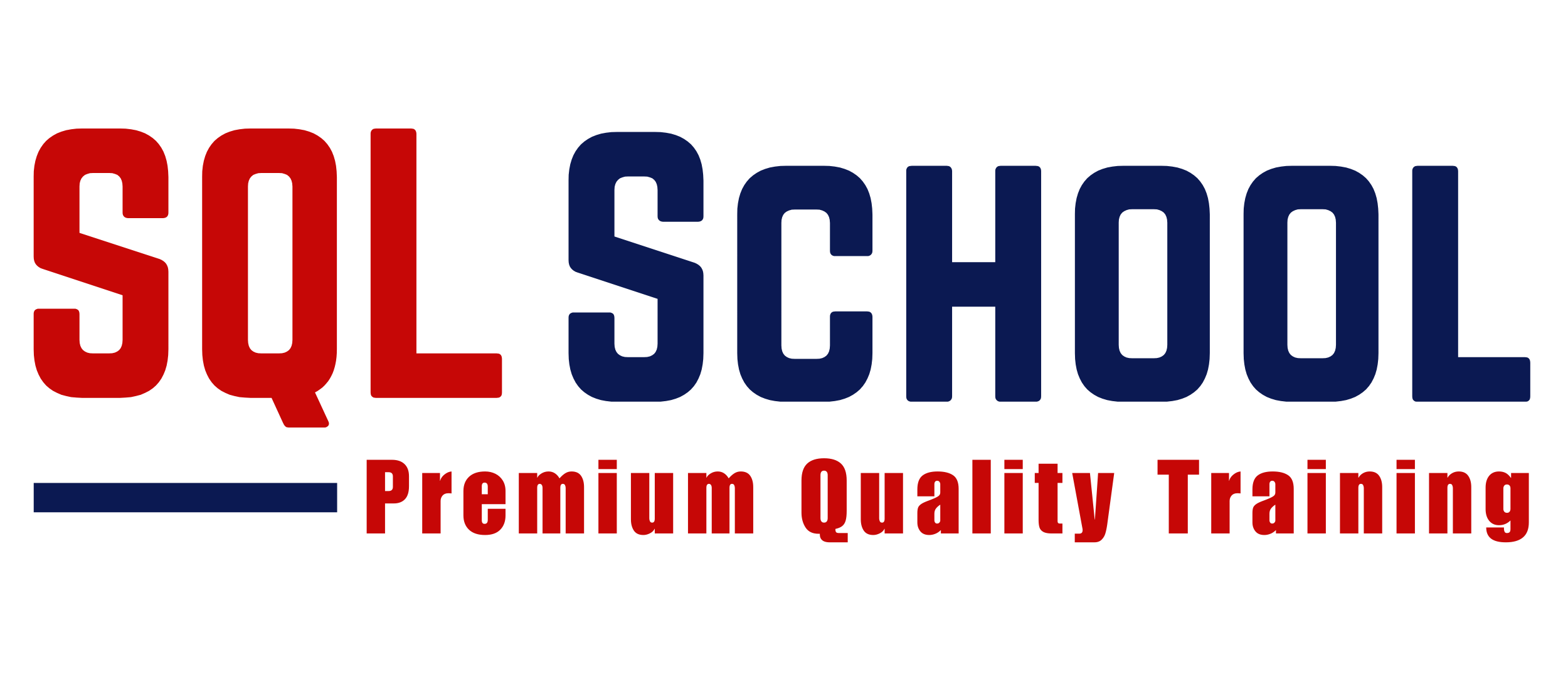Freshers looking to start a career in data analysis and BI
Data analysts aiming for Power BI certification
Excel users transitioning to Power BI for advanced reporting
SQL and ETL developers expanding into BI and reporting
Anyone interested in creating enterprise-grade dashboards
No prior coding experience is required. All concepts are taught from scratch

















